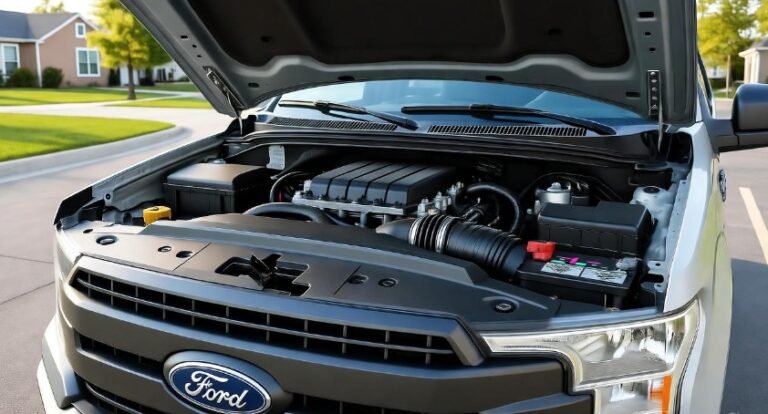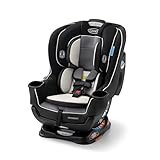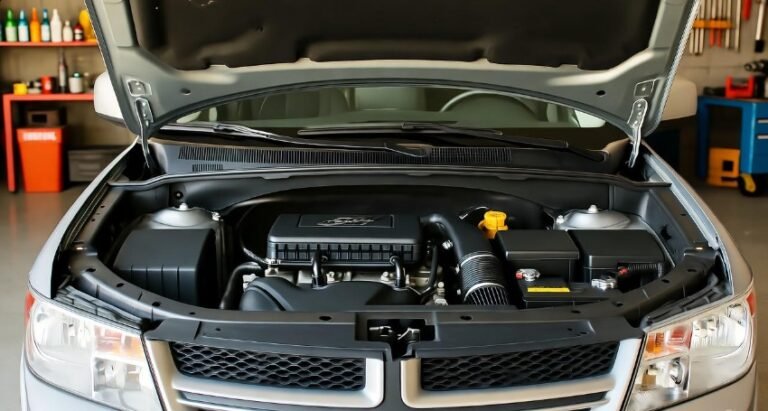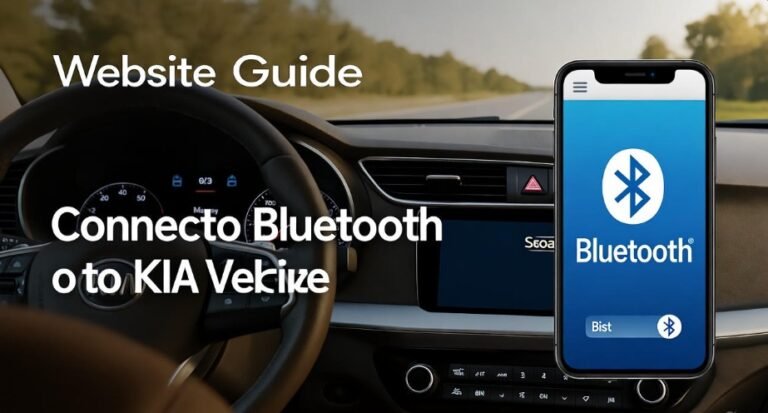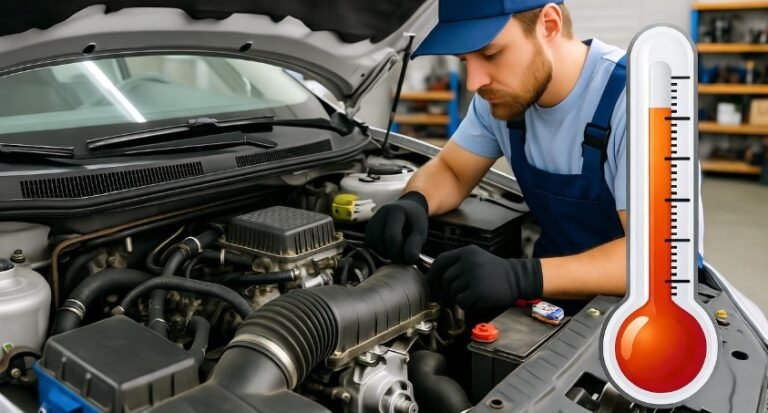Bicycle With Gear Disc Brake: Your Ultimate Ride
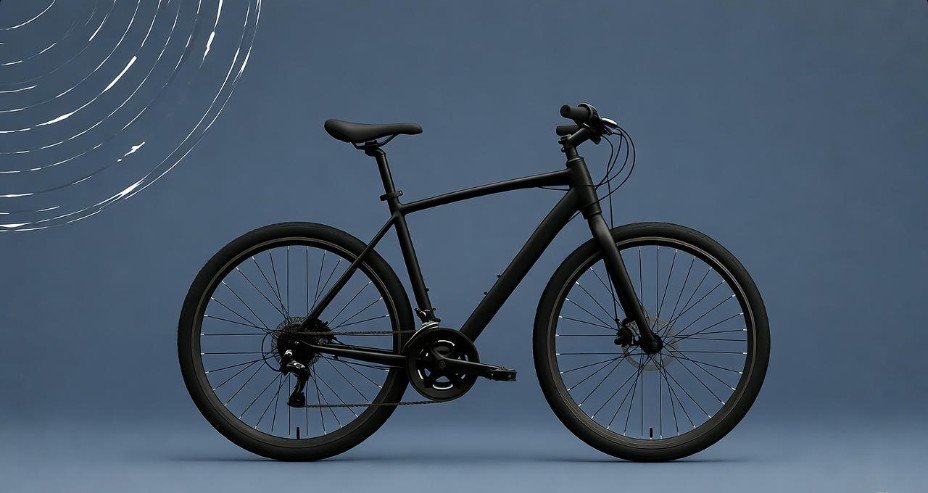
Your ultimate ride awaits with a bicycle equipped with gears and disc brakes, offering superior control, speed, and performance on any terrain.
Key Takeaways
- Upgrade to a bicycle with gear and disc brake for enhanced riding.
- Disc brakes provide superior stopping power in all weather conditions.
- Gears allow easier climbing and faster descents.
- Understand basic maintenance for optimal performance.
- Choose the right bicycle for your riding style and needs.
- Enjoy a smoother, safer, and more enjoyable cycling experience.
Navigating the world of bicycles can sometimes feel like deciphering a new language. You might be wondering about the latest features and how they can truly enhance your cycling adventures. A bicycle with gear and disc brake technology stands out as a significant upgrade for many riders. These bikes aren’t just about getting from point A to point B; they’re about transforming your ride into a smoother, more controlled, and ultimately more enjoyable experience, whether you’re cruising city streets or tackling challenging trails. In this guide, we’ll break down exactly what a bicycle with gear and disc brake offers, why it’s your ultimate ride, and what you need to know to make the most of it. Get ready to discover how these components can elevate your cycling game.
What is a Bicycle With Gear and Disc Brake?
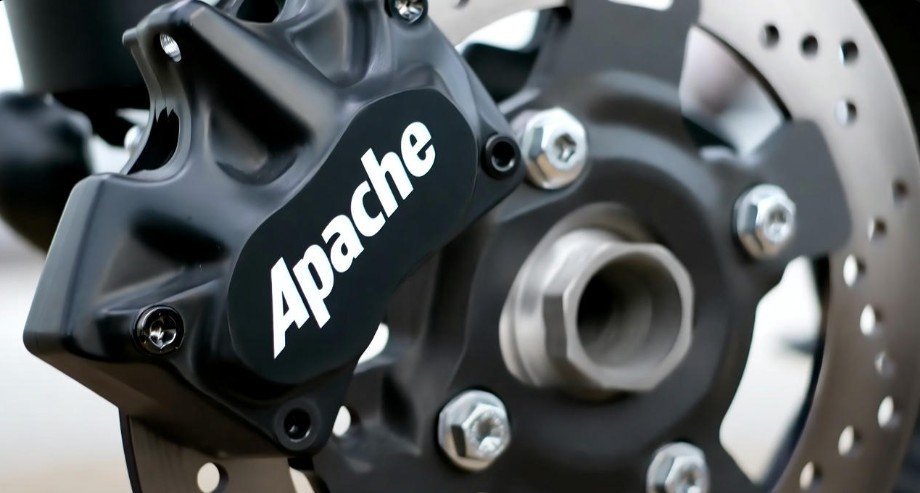
At its core, a bicycle with gear and disc brake is a modern marvel of cycling engineering. It combines two crucial systems that work together to give you unparalleled control and efficiency: a drivetrain with multiple gears and a braking system utilizing disc brakes. Think of it as the bicycle equivalent of a high-performance car with an automatic transmission and advanced braking system. It’s designed to adapt to various conditions, making your ride easier and safer.
Understanding Bicycle Gears
Bicycle gears are your secret weapon for conquering varied terrains. They allow you to change the resistance you feel when pedaling, making it easier to climb hills and faster to descend them. Essentially, gears change the mechanical advantage of your pedaling. When you’re on a steep incline, you’ll want to shift to a “lower” gear (a larger rear cog and/or smaller front chainring), which makes pedaling easier but slower. For flat stretches or descents, you’ll shift to a “higher” gear (a smaller rear cog and/or larger front chainring) to achieve higher speeds with less effort.
A typical bicycle with gear systems will have a front derailleur (which moves the chain across the front chainrings) and a rear derailleur (which moves the chain across the rear cassette or freewheel). Shifters, usually located on the handlebars, control these derailleurs, allowing you to select the desired gear combination. The number of gears varies greatly, from basic 7-speed setups to sophisticated 24-speed or even more on performance bikes.
The Power of Disc Brakes
Disc brakes represent a significant leap forward in bicycle braking technology. Unlike traditional rim brakes, which press brake pads against the wheel rim, disc brakes use a caliper to squeeze brake pads against a rotor (a metal disc) attached to the wheel hub. This direct application of force to a dedicated rotor offers several advantages:
- Superior Stopping Power: Disc brakes provide more consistent and powerful braking, especially in wet or muddy conditions.
- Better Modulation: You have more precise control over how much braking force you apply.
- Less Affected by Wheel Damage: Bent or out-of-true wheels don’t significantly impact braking performance.
- Reduced Rim Wear: Your wheel rims are no longer subjected to the abrasive wear of brake pads.
There are two main types of disc brakes:
Mechanical Disc Brakes
These are operated by a cable, similar to traditional rim brakes. They are generally less expensive and easier to maintain but offer less stopping power and modulation compared to hydraulic disc brakes.
Hydraulic Disc Brakes
These use a fluid-filled system, much like car brakes. They offer the best performance, with excellent stopping power and modulation, and require less physical effort to squeeze the levers. They are typically found on higher-end bicycles.
Why Choose a Bicycle With Gear and Disc Brake?
The combination of gears and disc brakes on a single bicycle creates a synergy that makes it incredibly versatile and enjoyable to ride. It’s the ideal choice for anyone looking to expand their cycling horizons and tackle a wider variety of terrains and conditions with confidence.
Enhanced Control and Safety
Safety is paramount, and disc brakes significantly enhance your ability to stop quickly and effectively. Imagine descending a steep, wet hill – traditional rim brakes can become less effective in such conditions, leading to anxiety and reduced control. Disc brakes, however, maintain their performance, allowing you to brake with confidence and precision. This enhanced control translates to a safer riding experience, minimizing the risk of accidents.
Conquering Any Terrain
Whether you live in a hilly city or enjoy weekend adventures on varied trails, gears are indispensable. They transform daunting climbs into manageable ascents and allow you to maintain momentum on flats and descents. Combined with the reliable stopping power of disc brakes, you can confidently navigate everything from smooth asphalt to gravel paths and even light off-road trails.
Improved Riding Efficiency and Comfort
Gears aren’t just about climbing; they’re about optimizing your pedaling efficiency. By shifting into the appropriate gear, you can maintain a comfortable cadence (the rate at which you pedal) regardless of speed or incline. This reduces fatigue, allowing you to ride for longer distances and enjoy your journey more. Disc brakes also contribute to comfort by reducing the physical effort required to brake, especially during long descents.
Durability and Low Maintenance (Relatively)
While all bicycle components require some maintenance, disc brakes, particularly hydraulic ones, are known for their durability and consistent performance. They are less susceptible to damage from road debris and adverse weather compared to rim brakes. The gearing system, when properly maintained, provides reliable shifting for thousands of miles. For many riders, the benefits in performance and safety outweigh the slightly more involved maintenance compared to simpler setups.
Types of Bicycles Featuring Gear and Disc Brakes
The versatility of a bicycle with gear and disc brake technology means you’ll find them integrated into a wide range of bicycle types. The specific design and components will vary depending on the intended use, but the core benefits remain consistent.
Hybrid Bicycles
Hybrid bikes are designed to be a jack-of-all-trades, blending features of road bikes and mountain bikes. They are excellent for commuting, recreational riding, and light touring. A hybrid bicycle with gear and disc brake offers a comfortable ride position, wider tires for stability, and the adaptability to handle paved roads, bike paths, and light gravel trails. They are a popular choice for a reason – they do a bit of everything well.
Mountain Bikes (MTB)
Mountain bikes are built for off-road adventures. They feature robust frames, suspension systems (front, full, or none), knobby tires for grip, and powerful gearing to tackle steep climbs and technical descents. Disc brakes are standard on virtually all modern mountain bikes, crucial for the demanding conditions encountered on trails. If you’re planning to explore rugged terrain, a mountain bike with gear and disc brakes is essential.
Gravel Bikes
Gravel bikes are a rapidly growing category, designed for exploring unpaved roads, fire trails, and mixed-terrain routes. They share some similarities with road bikes but feature more relaxed geometry, wider tire clearance, and mounts for racks and fenders, making them ideal for bikepacking and adventure cycling. Powerful disc brakes and a wide range of gears are fundamental to a gravel bike’s capability.
Road Bikes (Performance-Oriented)
While historically known for caliper rim brakes, many modern performance road bikes now come equipped with disc brakes. These offer enhanced stopping power and consistency, especially in wet weather, which can be a significant advantage for road cyclists who ride year-round or in hilly regions. Their gearing systems are optimized for speed on pavement, but the addition of disc brakes enhances overall safety and control.
Key Components to Look For
When shopping for a bicycle with gear and disc brake, pay attention to the quality and type of components. These will significantly impact performance, durability, and price.
Gearing Components
The major manufacturers of bicycle gearing systems are:
- Shimano: Offers a wide range from entry-level (Tourney, Altus, Acera) to mid-range (Deore, SLX) to high-end (XT, XTR) for mountain bikes, and Claris, Sora, Tiagra, 105, Ultegra, and Dura-Ace for road bikes.
- SRAM: Another industry leader, known for its innovative designs, especially in higher-end mountain bike groupsets (SX, NX, GX, X01, XX1) and road bike groupsets (Apex, Rival, Force, Red).
- Campagnolo: A premium Italian brand, primarily focused on high-end road bike groupsets (Potenza, Chorus, Record, Super Record).
For a beginner-friendly, reliable experience, look for mid-range components like Shimano Deore or SRAM Apex. These offer a good balance of performance, durability, and value.
Braking Components
For disc brakes, you’ll encounter both mechanical and hydraulic systems. As mentioned, hydraulic disc brakes offer superior performance. Brands to look for include:
- Shimano: Their hydraulic disc brakes (e.g., MT200, Deore, SLX, XT) are widely regarded for their reliability and excellent value.
- SRAM: Also offers a range of hydraulic disc brakes, often paired with their gearing systems.
- Tektro and Promax: These brands often supply entry-level mechanical and hydraulic disc brakes on many bicycles. While functional, they may not offer the same level of performance as higher-end options.
For a beginner, hydraulic disc brakes from Shimano are an excellent starting point for safe and confident stopping.
Wheel and Tire Considerations
The wheels and tires are your connection to the road (or trail). Disc brake systems allow for different wheel designs compared to rim brakes. You’ll want wheels that are sturdy and compatible with your chosen tire size. Tire choice depends heavily on your riding type:
- Road Tires: Narrow and smooth for speed on pavement.
- Hybrid Tires: Wider with a semi-smooth tread for versatility.
- Mountain Bike Tires: Wide and knobby for grip on dirt and mud.
- Gravel Tires: Wider than road tires, with a more aggressive tread for varied surfaces.
Basic Maintenance for Your Bicycle With Gear and Disc Brake
While a bicycle with gear and disc brake is designed for performance, regular maintenance is key to ensuring it runs smoothly and safely. For beginners, focus on these essential checks and tasks:
Regular Cleaning
A clean bike performs better and lasts longer. After riding in wet or muddy conditions, rinse your bike with water (avoid high-pressure jets directly on bearings) and wipe it down. Pay attention to the drivetrain (chain, cassette, chainrings) and brake areas.
Tire Pressure
Proper tire inflation is crucial for a comfortable and efficient ride. Check your tire sidewall for the recommended pressure range (usually in PSI or BAR) and ensure your tires are inflated accordingly before each ride. Too low, and you risk pinch flats; too high, and the ride can be harsh.
Chain Lubrication
A dry chain is noisy, inefficient, and prone to wear. Periodically clean your chain and apply a bicycle-specific chain lubricant. Wipe off any excess lube. The frequency depends on your riding conditions – more often if you ride in wet or dusty environments.
Brake Checks
Regularly inspect your brake pads for wear. For disc brakes, check if there’s sufficient pad material remaining. If you notice squealing or reduced braking performance, it’s time for new pads. For hydraulic brakes, also monitor the fluid level and check for leaks, though this is less frequent.
Gear Adjustments
If your shifting becomes clunky or imprecise, your gears might need adjustment. This can involve minor cable tension adjustments. If you’re unsure, most local bike shops offer tune-up services.
Pro Tip:
Consider investing in a bicycle multi-tool. It’s compact, contains essential Allen keys and screwdrivers, and can be invaluable for quick adjustments on the go or at home.
When to Seek Professional Help
While basic maintenance is manageable for most cyclists, some tasks are best left to experienced bike mechanics:
- Internal Gear Hub Maintenance: If your bike has internal gears, servicing can be complex.
- Bleeding Hydraulic Disc Brakes: This process involves removing air from the brake lines and can be tricky.
- Significant Drivetrain Issues: Bent derailleur hangers, worn-out cassettes, or chain wear beyond simple replacement.
- Wheel Truing: If your wheels are significantly out of true.
Local bike shops are fantastic resources for advice, maintenance, and repairs. Regular tune-ups (e.g., annually or after heavy use) can prevent small issues from becoming big problems.
Understanding Bicycle Maintenance Costs
The cost of maintaining a bicycle with gear and disc brakes can vary. Basic upkeep like cleaning supplies, lubricants, and tire patches is relatively inexpensive. More significant maintenance, such as replacing brake pads or a worn chain and cassette, will cost more. A professional tune-up typically ranges from $75 to $150 in the USA, depending on the complexity and location.
Here’s a simplified breakdown of potential costs for common replacement parts:
| Component | Estimated Cost (USD) | Notes |
|---|---|---|
| Brake Pads (Disc) | $20 – $60 per wheel | Depends on quality and type (organic, metallic) |
| Brake Bleed Kit/Service | $15 – $75 (DIY kit) / $50 – $100 (shop service) | Hydraulic brakes require this periodically |
| Chain | $25 – $80 | Depends on number of speeds and brand |
| Cassette (Rear Gears) | $30 – $150+ | Worn out with chain; depends on number of speeds |
| Shift Cables & Housing | $10 – $30 (parts) / $40 – $80 (shop install) | Can degrade over time |
Regular maintenance can extend the life of these components, saving you money in the long run. For example, replacing a chain when it’s worn prevents premature wear on the more expensive cassette and chainrings.
Choosing Your Bicycle With Gear and Disc Brake
Selecting the right bicycle depends on your intended use, budget, and personal preferences. Consider these questions:
- Where will you primarily ride? Paved roads, gravel paths, or mountain trails?
- What is your budget? Entry-level, mid-range, or high-performance?
- What is your riding style? Commuting, fitness, touring, or recreational?
- What level of comfort do you need? A more upright position or a more aggressive, aerodynamic one?
Visiting a local bike shop is highly recommended. Staff can offer personalized advice, let you test ride different models, and help you find the perfect fit. Remember, the best bicycle is the one you’ll enjoy riding most.
The Future of Bicycle Technology
The bicycle industry is constantly innovating. We’re seeing advancements in:
- Electronic Shifting: For precise and effortless gear changes.
- Integrated Systems: Lights, computers, and even suspension systems becoming more integrated into frames.
- E-Bikes: Electric-assist bicycles are becoming increasingly popular, offering assistance on climbs and longer rides. Many e-bikes also feature advanced gearing and disc brakes.
- Material Science: Lighter and stronger frame materials are continually being developed.
While these technologies can be exciting, the fundamental principles of good gearing and reliable braking remain the cornerstone of a great riding experience. A well-chosen bicycle with gear and disc brake technology offers a fantastic balance of performance, safety, and enjoyment for riders of all levels.
Frequently Asked Questions (FAQs)
Q1: Are disc brakes difficult to maintain on a bicycle?
Hydraulic disc brakes require less frequent maintenance than rim brakes but can be more complex to service at home. Basic checks for pad wear and fluid levels are straightforward. For more involved maintenance like bleeding the system, many cyclists prefer to visit a local bike shop.
Q2: How many gears do I need on my bicycle?
For general commuting and recreational riding on mostly flat terrain, 7-16 gears are often sufficient. If you live in a hilly area or plan to tackle significant inclines, a wider range of gears (18-24 or more) will be beneficial.
Q3: Can I convert my current bike to have disc brakes?
This is generally not feasible or cost-effective. Bicycles designed for disc brakes have specific frame and fork mounts for the calipers and often feature hubs designed to accept brake rotors. Converting a bike not built for them would require extensive modifications.
Q4: How often should I get my bicycle tuned up?
For recreational riders, an annual tune-up is usually adequate. If you ride frequently, in challenging conditions, or participate in competitive events, consider a tune-up every 6-12 months.
Q5: What is the difference between a mechanical and hydraulic disc brake?
Mechanical disc brakes use a cable to actuate the brake caliper, similar to rim brakes. Hydraulic disc brakes use brake fluid in a sealed system. Hydraulic brakes offer stronger stopping power, better modulation (finer control), and require less effort to operate.
Q6: Are bicycles with gears and disc brakes more expensive?
Generally, yes. The advanced technology of disc brakes and multi-gear drivetrains adds to the manufacturing cost. However, the improved performance, safety, and versatility often justify the higher price, especially for regular riders or those tackling varied terrain.
Q7: How do I know if my bike’s brakes are working properly?
Your brakes should engage smoothly and firmly without excessive lever travel. Listen for any grinding or squeaking noises, which could indicate worn pads or a need for adjustment. If you squeeze the brake lever and it touches the handlebar, or if you feel a spongy sensation, have them inspected immediately.
Conclusion
A bicycle with gear and disc brake technology represents the pinnacle of modern cycling design for many riders. It offers a superior combination of control, efficiency, and safety, transforming everyday rides into more enjoyable and capable journeys. Whether you’re a seasoned cyclist looking to upgrade or a newcomer ready to invest in a bike that can confidently handle diverse conditions, the advantages are clear. By understanding the components, performing basic maintenance, and choosing a bike suited to your needs, you’re well on your way to discovering your ultimate ride. Embrace the innovation and get ready to explore further, ride safer, and experience the joy of cycling like never before.

